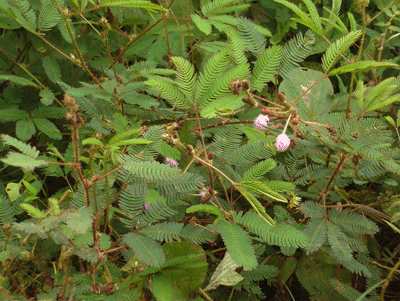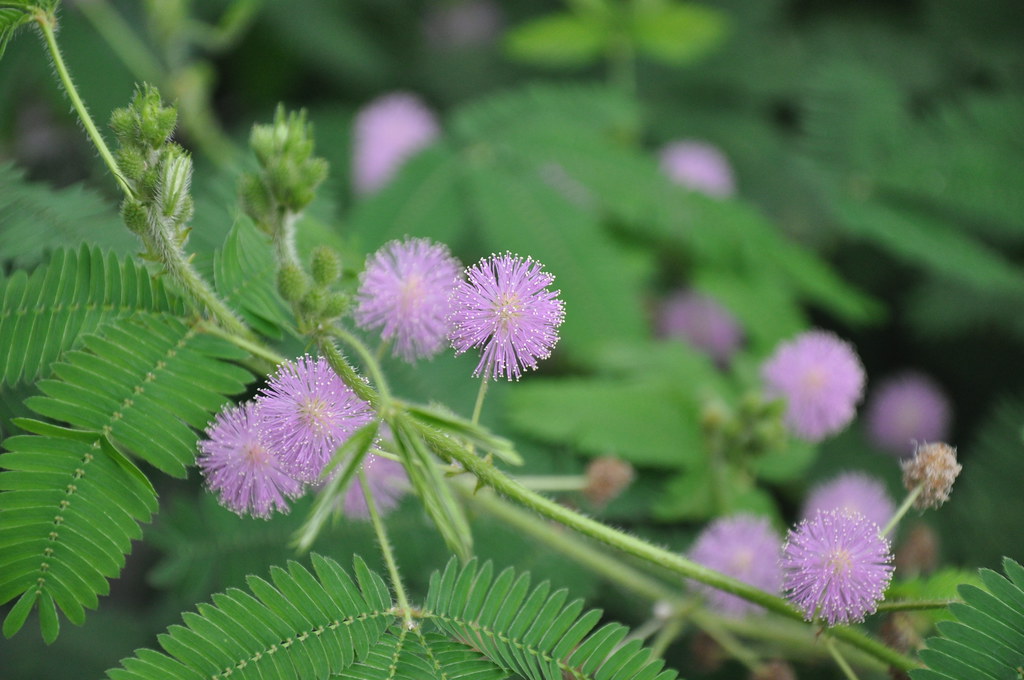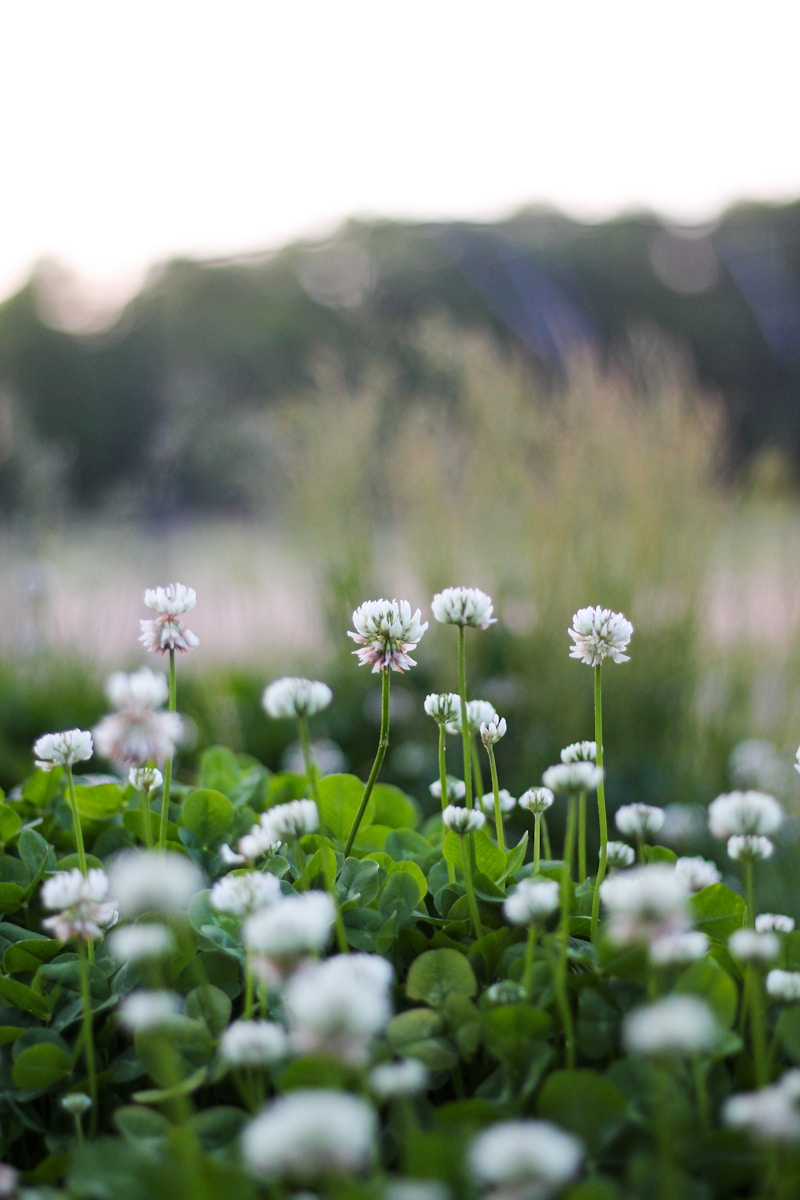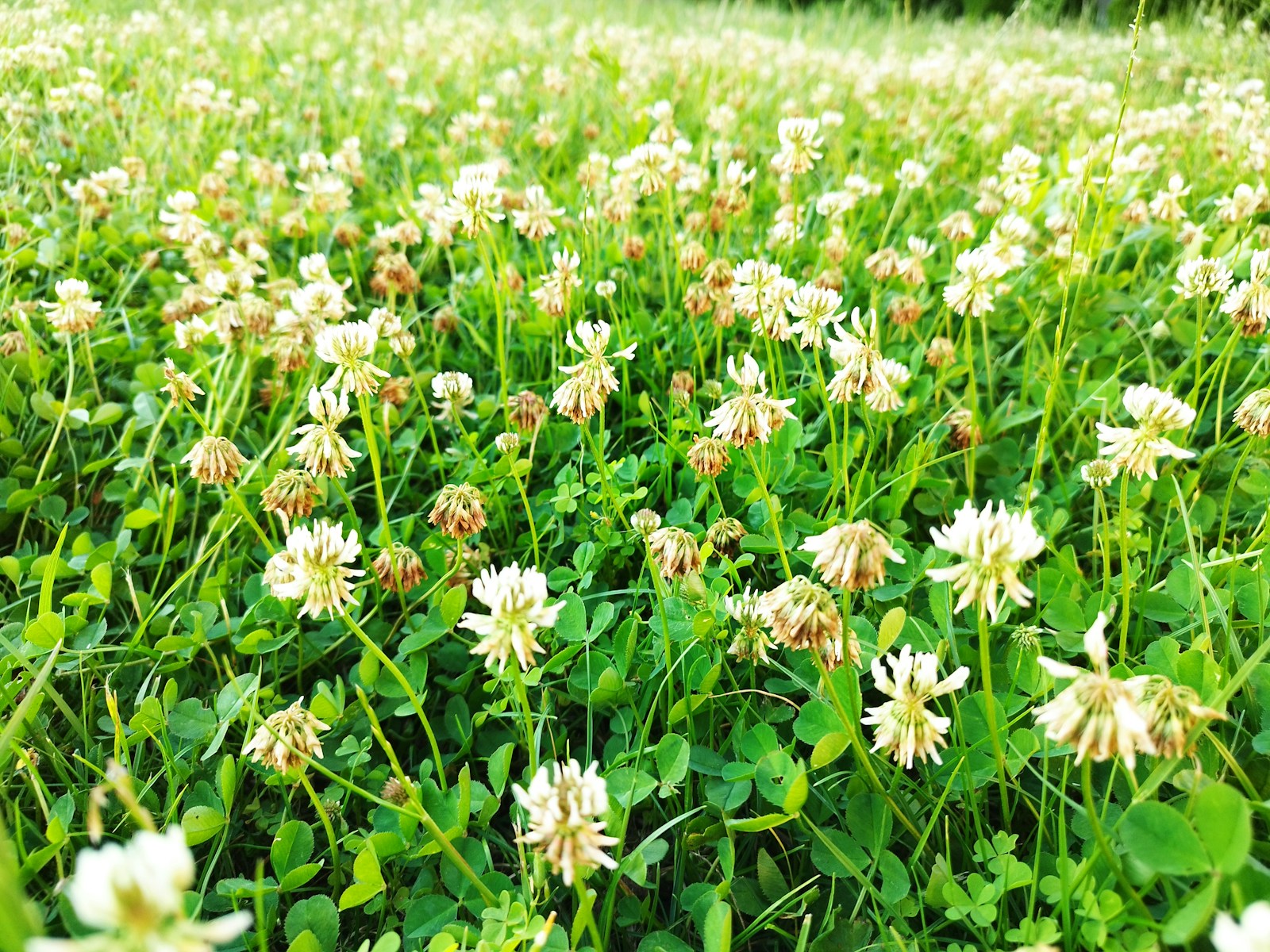When it comes to fascinating garden companions, few can compete with the charming, touch-sensitive touch-me-not flower (Mimosa pudica). Known for its dramatic leaf-folding response to the lightest touch, this delicate beauty adds a whimsical element to any garden. But beyond its enchanting party trick, it’s also a resilient and easy-to-care-for plant — if you know the secrets to keeping it happy.
Let’s dig into the practical care tips, must-have tools, and daily routines to help your touch-me-not thrive.

Key Tools for Touch-Me-Not Care:
- Moisture Meter: These sensitive plants prefer consistently moist but not waterlogged soil. A moisture meter helps ensure you get it just right.
- Fine Mist Spray Bottle: Mimosa pudica enjoys high humidity. Misting the leaves regularly can keep them perky.
- Lightweight Pruning Shears: Occasionally trimming spent blooms and leggy growth encourages healthy, compact growth.
- Well-Draining Potting Mix: Opt for a mix that balances moisture retention with proper aeration, such as one enriched with perlite or sand.
Daily and Seasonal Care Routines:
- Water Wisely: Water your touch-me-not regularly but sparingly. Aim for moist, not soggy, soil. Always check with your moisture meter before watering to avoid root rot.
- Light Exposure: These flowers love bright, indirect light. Direct sunlight can scorch their delicate leaves, so aim for morning light or a partially shaded spot.
- Temperature and Humidity: Native to tropical regions, Mimosa pudica thrives in temperatures between 70 to 85 degrees Fahrenheit with high humidity. Consider bringing it indoors during cold months if you live in a cooler climate.
- Fertilization: Feed your touch-me-not with a balanced liquid fertilizer diluted to half strength every four to six weeks during the growing season. Avoid over-fertilizing as this can damage its roots.
- Pruning and Grooming: Regularly snip away dead leaves and stems to promote fresh growth. Pruning also helps maintain its compact, bushy appearance.
Fun Facts to Share:
- Mimosa pudica’s leaf-folding reaction is a defense mechanism to deter herbivores and protect itself from harm.
- It’s not just a garden curiosity — in some cultures, it has medicinal uses to treat skin conditions and promote wound healing.
- The plant’s ability to react to touch has earned it nicknames like “Sensitive Plant” and “Shy Plant.”
Common Pitfalls and Quick Fixes:
- Leaves Turning Yellow: This often signals overwatering. Reduce watering and ensure proper drainage.
- Leggy Growth: If your plant becomes spindly, it may need more light or regular pruning.
- Failure to Fold Leaves: This could be due to low light levels or over-fertilization. Adjust conditions accordingly.
Daisy’s Final Tips:
- Plant Placement Matters: Keep your touch-me-not away from drafty windows and air vents.
- Group for Humidity: Place it among other plants to naturally increase humidity levels.
- Engage with Curiosity: Show off its leaf-folding trick to friends and family but avoid over-handling, as too much stimulation can stress the plant.
With the right care, Mimosa pudica will reward you with its playful personality and lush greenery. Get your garden gloves ready and enjoy the magic of this charming, touch-sensitive flower!



